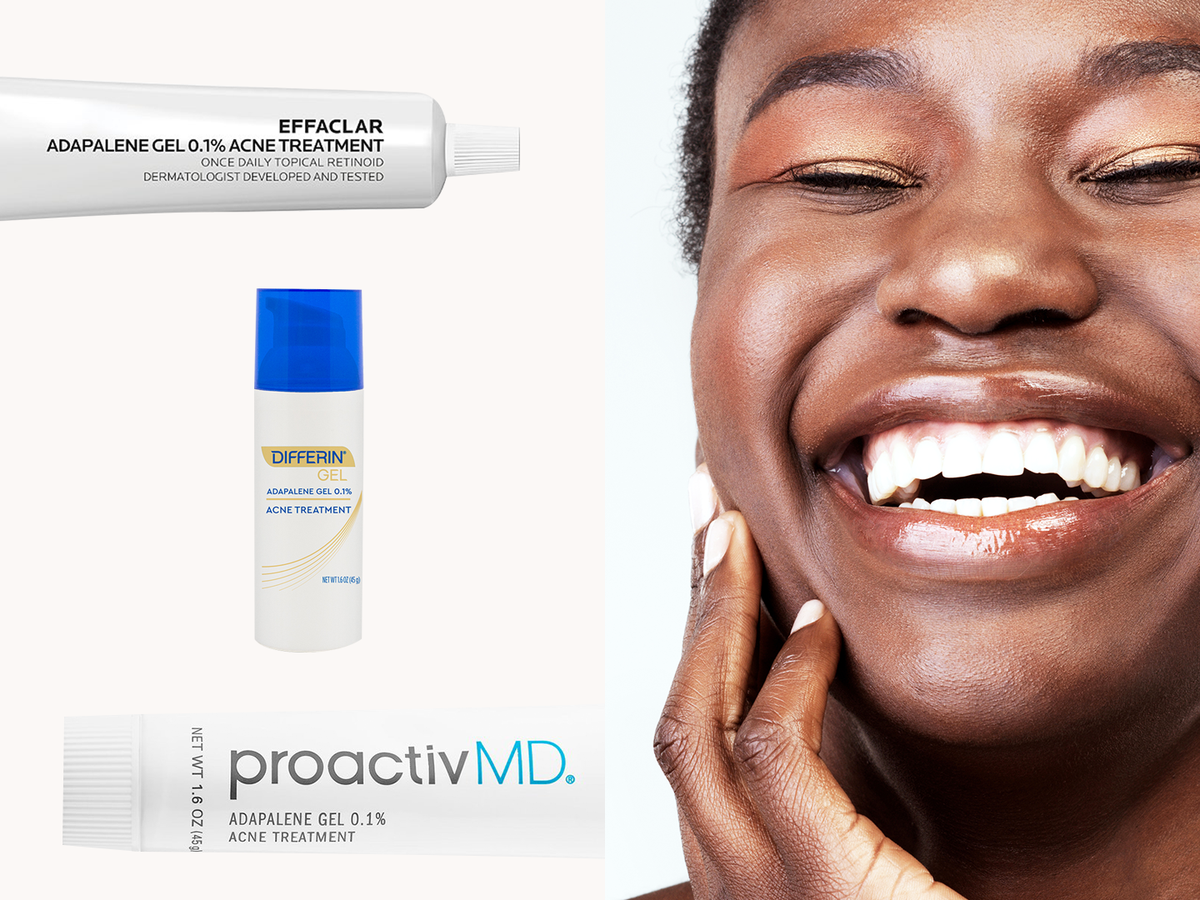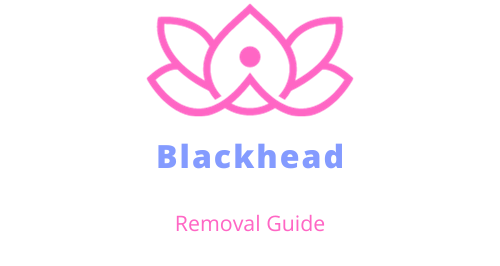The best way to use retinol for acne is to apply it in a low concentration every other night, gradually increasing usage as your skin adapts. Always follow with a moisturizer to prevent dryness.
Retinol, a derivative of vitamin A, has become a gold standard in acne treatment due to its ability to promote skin cell turnover and unclog pores. For those struggling with acne, incorporating retinol into your skincare routine can be transformative.
Starting with a product that has a low concentration of retinol ensures that your skin can tolerate it without significant irritation. Consistent use over time typically results in clearer, smoother skin. Remember to apply sunscreen daily, as retinol can increase your skin’s sensitivity to the sun. Introducing retinol properly can lead to significant improvements in acne-prone skin, helping to reduce both current breakouts and prevent future ones.
The Acne-fighting Power Of Retinol
Acne can be a stubborn foe. Retinol steps in as a powerful ally in this battle. This vitamin A derivative transforms skin health, revealing clearer and more vibrant skin. Understanding how retinol works and the best ways to use it can make a significant difference in acne treatment.
Retinol’s Role In Skin Renewal
Retinol rejuvenates the skin by promoting cell turnover. This process sheds dead skin cells and makes room for new ones. The result? A smoother, more even complexion. Regular application of retinol can significantly reduce the appearance of acne and prevent future breakouts.
- Promotes new cell growth
- Helps unclog pores
- Minimizes acne scars
How Retinol Targets Acne
Retinol’s impact on acne is twofold. Firstly, it prevents pores from clogging, a primary cause of acne. Secondly, it reduces inflammation, which is often associated with acne. By incorporating retinol into your skincare routine, you can tackle existing acne and arm your skin against new blemishes.
| Action | Benefit |
|---|---|
| Unclogs pores | Prevents acne formation |
| Reduces inflammation | Minimizes redness and swelling |
| Regulates oil production | Balances skin, reducing oiliness |
Types Of Retinol Products
When diving into the world of retinol for acne, the various product types matter. Retinol, a derivative of vitamin A, comes in multiple forms. Each form suits different skin types and preferences. Let’s explore the most common types of retinol products and how they can fit into an acne-fighting routine.
Retinol Creams And Lotions
Retinol creams and lotions are ideal for those with dry or sensitive skin. They often contain moisturizing ingredients. This helps to counteract the potential drying effects of retinol. Here are some key points:
- Hydrating: They include hyaluronic acid or ceramides.
- Gentle: Perfect for beginners or daily use.
- Versatile: Can be used as a night cream.
Apply a pea-sized amount at night after cleansing. Always follow up with sunscreen in the morning.
Serums And Gels
Serums and gels are lightweight and fast-absorbing. They suit oily or acne-prone skin well. These products deliver a more concentrated dose of retinol. Here are some notable features:
- Concentrated: Provide higher retinol strength.
- Quick-absorbing: Leave no greasy residue.
- Layering: Easy to use with other skincare products.
Apply serums and gels before heavier creams. Start with a lower concentration to build tolerance. Use only a small amount to avoid irritation.
Starting Your Retinol Routine
Retinol transforms skin, attacking acne at its core. Beginning a retinol regimen might feel daunting, but the rewards are clear. Let’s dive into how to kick off your journey to smoother, clearer skin.
Choosing The Right Concentration
Retinol concentrations vary, and picking one is key. Start with a low dose if you’re new to retinol. Over time, your skin will adjust. You can then consider a stronger formula.
| Skin Type | Suggested Retinol Concentration |
|---|---|
| Sensitive | 0.25% |
| Normal | 0.5% |
| Resilient | 1% |
The Importance Of Patch Testing
Skin reactions are possible with new products. Patch testing helps avoid this. Apply a small amount behind your ear or on your forearm. Wait 24 hours. No reaction? You’re good to go.
- Choose a discreet spot to test.
- Apply a small amount of retinol.
- Wait and watch for signs of irritation.

Credit: www.cosmopolitan.com
Application Techniques For Optimal Results
Embarking on a retinol regimen for acne can feel overwhelming. Mastering the application techniques ensures optimal results and minimizes potential irritation. Discover how to navigate the world of retinol with ease for clearer, healthier-looking skin.
Best Practices For Applying Retinol
Start Slowly: Introduce retinol into your skincare routine gradually. Begin with a pea-sized amount, applying it two to three times a week.
Even Application: Dot retinol on your forehead, cheeks, and chin. Gently spread it across the skin for even coverage.
Combination Is Key: Pair retinol with a moisturizer to combat dryness. Allow retinol to absorb for 20 minutes before applying moisturizer.
Timing Matters: Use retinol at night as sunlight can diminish its efficacy and increase sensitivity.
Avoiding Common Application Mistakes
- Don’t Rush: Let each skincare product absorb fully before applying the next.
- Sun Protection: Always use a broad-spectrum SPF during the day, as retinol can make skin more sensitive to the sun.
- Skip Certain Areas: Avoid applying retinol on delicate areas like the eyes and mouth.
- No Overuse: Using too much retinol can lead to irritation. Stick to the recommended amount.
When To Apply Retinol For Maximum Effect
Retinol can be a game-changer for acne-prone skin. Knowing when to apply retinol is key. The right timing enhances its benefits. Let’s explore the optimal moments to introduce retinol into your skincare routine for maximum acne-fighting effects.
The Best Time Of Day For Retinol
Retinol works best when used during a specific time of day. Skin repairs itself at night, making the evening the perfect time to apply retinol. This aligns with your skin’s natural healing cycle. Consistent evening application ensures you reap the full benefits of retinol for clearer skin.
Retinol In Your Am Vs. Pm Routine
Retinol is powerful but also sensitive to sunlight. Thus, slotting retinol into your PM skincare routine is advisable. If you choose to use it in the morning, always follow up with a strong sunscreen. Yet, most experts suggest sticking to a night-time application to avoid sun sensitivity issues.
Let’s break down the best practices for using retinol:
- Cleanse your skin gently before applying retinol.
- Apply a pea-sized amount of retinol cream or serum.
- Use retinol only three times a week initially.
- Increase frequency gradually as your skin adjusts.
- Follow up with a moisturizer to combat dryness.
Remember to listen to your skin. Some redness and peeling are normal initially. However, if irritation persists, consult a dermatologist. With consistent and correct use, retinol can significantly reduce acne and improve skin texture.
Combining Retinol With Other Skincare Products
Retinol, a powerhouse ingredient for acne treatment, also plays well with others in your skincare routine. But it’s all about the mix. Finding the right skincare companions for retinol ensures maximized results without irritation. Let’s explore how to pair retinol with other products for the ultimate skincare synergy.
Safe Skincare Combinations
Retinol can be part of a dynamic duo when teamed with the right products. Here are some safe and effective pairings:
- Hydrating Hyaluronic Acid: Apply after retinol to quench skin.
- Nourishing Ceramides: Use post-retinol for barrier repair.
- Soothing Niacinamide: Layer on to reduce redness and inflammation.
Consider a buffering technique for sensitive skin:
- Start with a gentle moisturizer.
- Add a pea-sized retinol amount.
- Finish with another moisturizer layer.
This method can minimize potential irritation while still enjoying retinol’s benefits.
What To Avoid Mixing With Retinol
Some ingredients can wage war on your skin when mixed with retinol. Be cautious and steer clear of these combinations:
| Ingredient | Reason to Avoid |
|---|---|
| Alpha Hydroxy Acids (AHAs) | Can cause excessive skin sensitivity and dryness. |
| Beta Hydroxy Acids (BHAs) | Similar to AHAs, risk of irritation increases. |
| Vitamin C | Potential for redness and peeling. |
Stick to the rule of thumb: one active ingredient at a time. This simplifies your routine and keeps skin calm.
Managing Potential Side Effects
Retinol is a powerhouse for acne treatment. Yet, its strength can come with side effects. Redness, peeling, and dryness are common. But don’t worry! You can manage these with the right approach. Learn how to keep your skin happy while fighting acne.
Dealing With Retinol Irritation
Start slow with retinol to let your skin adjust. Use it every other night at first. Choose a low concentration. This helps prevent irritation. If redness happens, take a break for a couple of days.
- Use gentle cleansers and avoid scrubbing your face.
- Apply moisturizer before retinol to act as a barrier.
- Always wear sunscreen during the day, as retinol makes skin sensitive to sun.
Strategies For Minimizing Dryness And Peeling
To combat dryness, hydrate your skin inside out. Drink plenty of water and use a humidifier at night.
| Time of Application | Skin Care Step |
|---|---|
| Before Retinol | Apply hydrating serum with hyaluronic acid. |
| After Retinol | Use a rich moisturizer to lock in hydration. |
Exfoliate once a week with a gentle product. This removes dead skin cells. Do not use retinol on the same night.
Real Results: Testimonials And Before-and-after Stories
Discovering the impact of retinol on acne can be truly inspiring. Real people share their journeys, providing hope and evidence of the transformative power of retinol. Their stories are not just words; they come with compelling before-and-after visuals. These testimonials offer a glimpse into the potential of a consistent retinol regimen. Let’s delve into the experiences of long-term users and understand the typical transformation timeline.
Success Stories From Long-term Users
Retinol’s effectiveness grows over time. Users who stick with it often report dramatic changes. Here are some success stories:
- Alice, 29: “After six months, my skin has never looked clearer!”
- Mark, 35: “Retinol turned my skin around by the one-year mark.”
- Jessica, 42: “I’ve been using retinol for two years; my acne scars are barely visible!”
The Transformation Timeline
Understanding the timeline helps set realistic expectations. Here’s a typical transformation journey with retinol:
| Timeframe | Expected Changes |
|---|---|
| First Month | Initial breakout, known as the ‘purge’ |
| 1-3 Months | Acne reduction, skin texture improvement begins |
| 3-6 Months | Visible decrease in breakouts and scarring |
| 6+ Months | Clearer, more resilient skin; ongoing improvement |
Patience is key. The retinol journey varies, but these timelines serve as a general guide. Stay consistent for the best results.
Advancing Your Retinol Regimen
Advancing Your Retinol Regimen means taking your skincare to the next level. If acne is your concern, retinol can be a game-changer. But it’s not just about using it; it’s about using it right. As your skin adapts, stepping up your retinol game can deliver even clearer, smoother skin. Let’s dive into how to safely increase retinol strength and add professional treatments into your routine.
When To Increase Retinol Strength
Knowing when to up the ante with retinol is key. Look for signs that your skin is ready for more:
- No redness or peeling after weeks of use
- Acne improvements have plateaued
- Your skin feels comfortable with current strength
Move up slowly. Start with a low concentration. Use it for at least one month. Then, consider a higher dose if your skin shows no irritation.
Incorporating Professional Treatments
Combining professional treatments with retinol can boost results. Licensed professionals can offer advice. They can also provide treatments that complement your at-home care.
| Treatment | Benefits | Frequency |
|---|---|---|
| Chemical Peels | Deep exfoliation | Every 4-6 weeks |
| Microdermabrasion | Enhanced skin texture | Monthly |
| Facials | Targeted care | As recommended |
Always inform your skincare professional about your retinol use. They will adjust treatments to ensure your skin’s safety and the effectiveness of your regimen.

Credit: www.healthline.com

Credit: www.youtube.com
Frequently Asked Questions
How Long Does It Take For Retinol To Clear Acne?
Retinol may start improving acne within 2-4 weeks, with full results often seen after 2-3 months of consistent use. Individual results can vary depending on the severity of acne and skin type.
How Many Times A Week Should You Use Retinol For Acne?
Start using retinol for acne 2-3 times per week, gradually increasing frequency as your skin adjusts. Always follow product instructions and consult a dermatologist.
Do You Put Moisturizer On Before Or After Retinol?
Apply moisturizer after retinol to seal in the treatment and hydrate the skin. Allow the retinol to absorb fully before adding moisturizer.
What Goes Well With Retinol For Acne?
Hydrating ingredients like hyaluronic acid complement retinol for acne. Use sunscreen daily, as retinol increases sun sensitivity. Niacinamide can also support skin barrier function and reduce inflammation.
Conclusion
Harnessing retinol’s power can transform your acne struggles into a tale of triumph. Begin with a low concentration and listen to your skin’s feedback. Consistency and sunscreen are your allies in this journey. As your confidence in retinol grows, so too will the clarity of your skin.
Remember, patience and persistence are key to revealing your best complexion.

